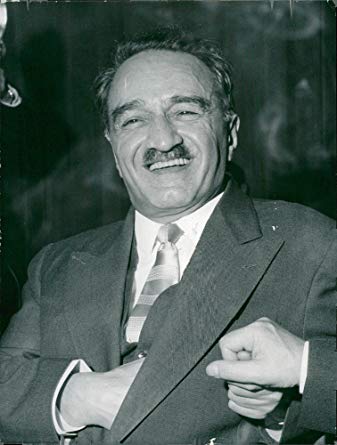By Deena Prichep
WASHIGTON (Washington Post) — It’s high summer — hamburger season. The char, the fat, the squishy perfection of processed bread sopping up the overflowing juices — doesn’t it somehow seem like Americans’ birthright?
But peel back the oil-spattered pages of history, and you’ll find that the sandwich so closely aligned with the stars and stripes was once also embraced by the hammer and sickle. (Yep, like so much about this current administration, even U.S. President Donald Trump’s beloved hamburgers have ties to Russia.) In the 1930s, when McDonald’s was just a greasy twinkle in Ray Kroc’s eye — he didn’t open his first McDonald’s until 1955 — the Soviet Union was a couple of decades out from its revolution and in the midst of industrialization and urbanization on a staggering scale. Tens of millions left the countryside for the cities as feudal farmers transformed into urban Soviet workers. And these workers needed to be fed.
In the centralized Soviet system, this task fell to the ministry of food — which was struggling. “The ideal was to make everything centralized, everything standardized,” explains University of Helsinki sociologist Jukka Gronow. “They had menus that were centrally planned, down to the very small details — so many grams of potatoes.”
At canteens, factory workers were fed meals that, on paper, sounded tasty. “They all had these three-course meals: zakuski (appetizer), soup, main dish. And even a dessert,” Gronow says. “A French style of dining.”
But we’re not talking soufflés and cheese courses. The soup might be little more than cabbage, the main dish perhaps macaroni. “Workers were complaining about the bad quality,” says Gronow. “So many weekdays without meat.”











